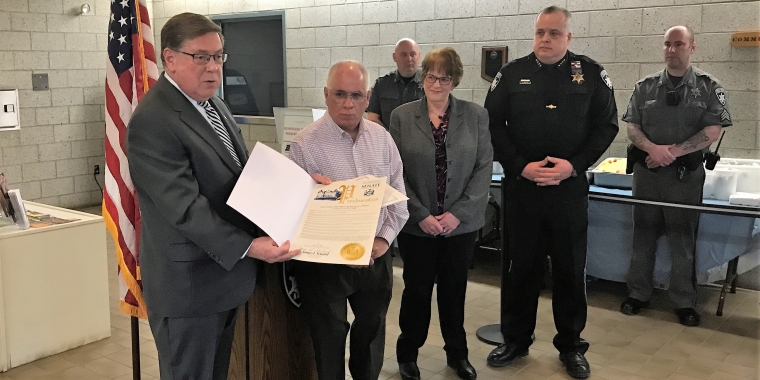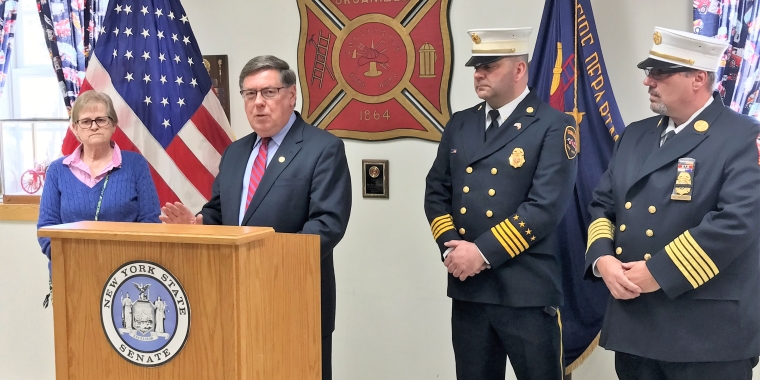
Budget Philosophy Needs To Change
James L. Seward
January 29, 2009
Work is underway in Albany on the 2009 – 2010 state budget, but we are already off to a rocky start. That is not to say that we can’t right the ship, but it is a job that will take a bit of work from all sides.
The biggest problem is that we are beginning the process from a flawed starting point. The governor’s budget proposal that we are using as a jumping off point increases spending by 1 percent, and raises approximately 137 taxes and fees by more than $4 billion, all in an attempt to close a two year deficit approaching $15 billion.
Right off the bat there are some fundamental mistakes here. Raising spending and lumping new taxes on families and businesses flies in the face of any reasonable thinking. We need to employ the exact opposite: cut spending, and cut taxes. It’s a winning strategy and one that worked when we faced a similar crisis 13 years ago.
One concern that I have with the governor’s spending plan is that it will simply transfer the state’s problems to local governments and trigger higher property taxes. Local governments are in the governor’s crosshairs to the tune of $631 million. School districts also face a massive hit, millions and millions of dollars through the loss of school aid dollars and property tax rebates.
While I understand that my partners in local government and education are fine tuning their own spending plans, it may be difficult to cover these losses simply by cutting; they will be looking at increasing tax bills. It is an unfair shell game that no one can afford.
The governor wants to freeze aid and incentives to municipalities (AIM) funding; what we have always called ‘revenue sharing’, and he proposes cutting the local government efficiency grants. This is money that localities have used to keep property taxes down while providing much need services. Often times these funds help pay for infrastructure improvements that result in economic growth and more jobs.
The Consolidated Highway Improvement Program (CHIPS) funding is another item slashed in the governor’s proposal. It’s a $59 million dollar blow that will mean less help for roadway paving projects at a time when local governments are facing rising costs in materials. This means you will see a significant decline in roads and highways. It is a knock against the upstate region when trying to attract new business. Why would a manufacturer move to upstate New York if there are insufficient roads to move product in and out of the area?
We are also blessed by a great deal of state land in our region. This land provides recreational green space for many, and is another reason why we choose to live here. It is also another piece of the governor’s plan to grab more tax dollars. Where the state makes tax payments on state land the governor wants to cap the level of those payments. The result is another cost shift to local governments, and in turn to property taxpayers.
One item I have backed is mandate relief. We need to examine the constraints placed on localities by state government, and find a way to take away these unfunded burdens. Some minor helps are being proposed by the governor – a new tier 5 pension program; modifying Wicks Law requirements; some shared services. This is not enough. Overall these slight adjustments will only create a ripple in what is a massive sea of expensive red tape.
Budget deadlines are being missed and the clock is ticking. Unfortunately we have already seen the governor resort to the practice of exclusion, calling closed door leaders’ meetings made up of three New York City Democrats, hardly representative of our state. I stand ready to work with the governor and my legislative colleagues to achieve a budget that controls spending, addresses our fiscal challenges and protects the interests of the taxpayers.
#####
Share this Article or Press Release
Newsroom
Go to NewsroomSeward Secures $125k for History Day
April 23, 2018

Seward Marks Second Chance Month
April 19, 2018


